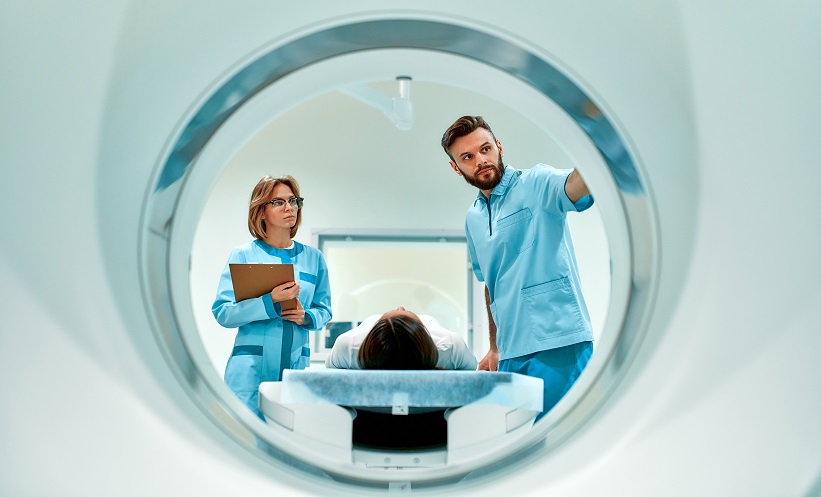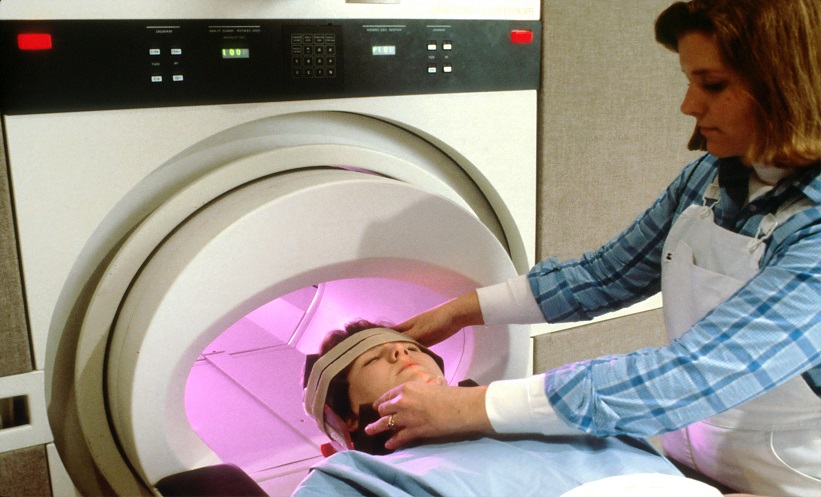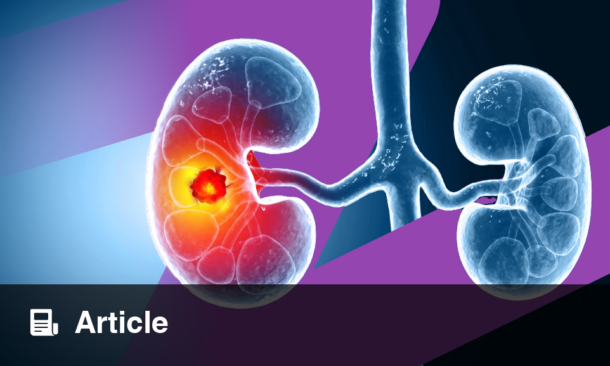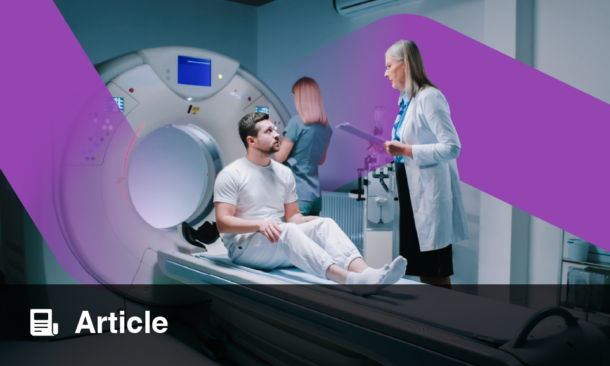OESOPHAGEAL and gastric cancers remain significant global health burdens, with early and accurate diagnosis crucial for improving treatment outcomes. PET/CT is widely used in oncology imaging, but concerns about radiation exposure and accuracy due to respiratory movement and gut motility persist. A recent study evaluated the use of PET/MRI compared to PET/CT, observing that it offers a potential alternative with improved anatomical detail and reduced radiation. A key finding from the analysis is that PET/MRI showed significantly higher sensitivity in detecting primary tumours than PET/CT.
To evaluate the comparative efficacy of PET/MRI and PET/CT, a comprehensive literature search was conducted across multiple databases including PubMed, Embase, Web of Science, Cochrane Central, and CNKI. Six studies comprising 123 patients were included in the final meta-analysis. Of these, five compared imaging results with pathological staging. Primary outcomes focused on lesion detection sensitivity and TNM staging accuracy.
The results indicated that PET/MRI demonstrated superior sensitivity in primary tumour detection (relative risk [RR] 1.14; 95% CI 1.01–1.29; P=0.036). For TNM staging, however, no significant differences were found between PET/MRI and PET/CT across most tumour stages. While PET/MRI detected more N3 cases than PET/CT (RR 1.86; 95% CI 1.03–3.36; P=0.041), other nodal and metastasis stages did not show statistically significant differences. The findings support the use of PET/MRI as a viable alternative to PET/CT in detecting these cancers, especially when considering radiation risk and tissue contrast.
Clinically, PET/MRI may benefit patient populations for whom radiation exposure is a concern, and it provides excellent soft-tissue characterisation. However, limitations of this review include a small pooled sample size, heterogeneous imaging protocols, and variability in PET tracers used. The lack of standardised scanning protocols across PET/MRI systems further complicates cross-centre comparisons. Future research with larger cohorts and standardised imaging parameters, including the use of novel tracers like [68 Ga]Ga-FAPI-04, is needed to fully establish the utility of PET/MRI in gastrointestinal oncology.
Reference
Peng B et al. PET/MRI is superior to PET/CT in detecting oesophago and gastric carcinomas: a meta-analysis. Cancer Imaging. 2025;25(1):50.








